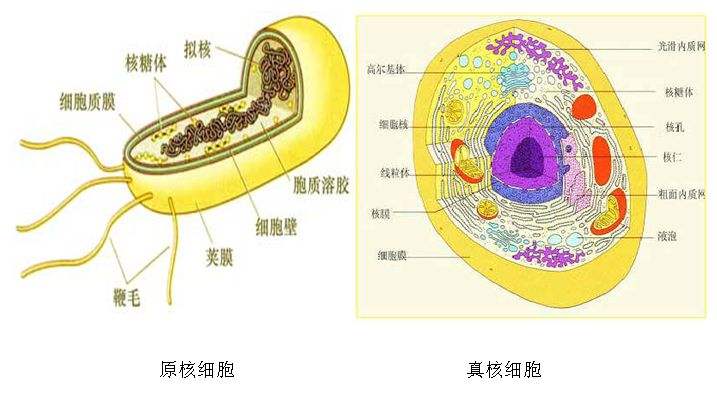A lot of little organisms that looked like bacteria and behaved like bacteria were actually something else altogether—something that had branched off from bacteria a long time ago. Woese called these organisms archaebacteria, later shortened to archaea.
许多小生物看上去像细菌,表现得像细菌,实际上完全是另一类东西——那类东西很久以前已经从细菌中分离出去。沃斯把这种微生物叫做原始细菌。
It has be said that the attributes that distinguish archaea from bacteria are not the sort that would quicken the pulse of any but a biologist. They are mostly differences in their lipids and an absence of something called peptidoglycan. But in practice they make a world of difference. Archaeans are more different from bacteria than you and I are from a crab or spider. Singlehandedly Woese had discovered an unsuspected division of life, so fundamental that it stood above the level of kingdom at the apogee of the Universal Tree of Life, as it is rather reverentially known.
不是不说,原始细菌区别于细菌的特性只会令生物学家感到激动。这些特性大多体现在脂质的不同,还缺少一种名叫肽聚糖的东西。而实际上,这就构成了天壤之别。原始细菌对于细菌,比之你和我对于螃蟹或蜘蛛还要不同。沃斯独自一人发现了一种未知的基本生命种类。它高于“界”的层面,位于被相当尊敬地称之为世界生命之巅的地方。

In 1976, he startled the world—or at least the little bit of it that was paying attention—by redrawing the tree of life to incorporate not five main divisions, but twenty-three. These he grouped under three new principal categories—Bacteria, Archaea, and Eukarya (sometimes spelled Eucarya)—which he called domains.
1976年,他重绘了生命树,包括了不是5个而是23个主要“部”,令世界——至少令关注这件事的少部分人——大吃一惊。他把这些部归在他称之为“域”的3个新的主要类别下面——细菌、原始细菌和真核细菌。
Woese's new divisions did not take the biological world by storm. Some dismissed them as much too heavily weighted toward the microbial. Many just ignored them. Woese, according to Frances Ashcroft, "felt bitterly disappointed." But slowly his new scheme began to catch on among microbiologists.
沃斯的新的分类法在生物学界没有引起轰动。有的人对他的体系不屑一顾,认为它过于分偏向于微生物。许多人完全不予理睬。据弗朗西斯·阿什克拉夫特说,沃斯“感到极其失望”。但是,他的新方案渐渐开始被微生物学家们接受。













